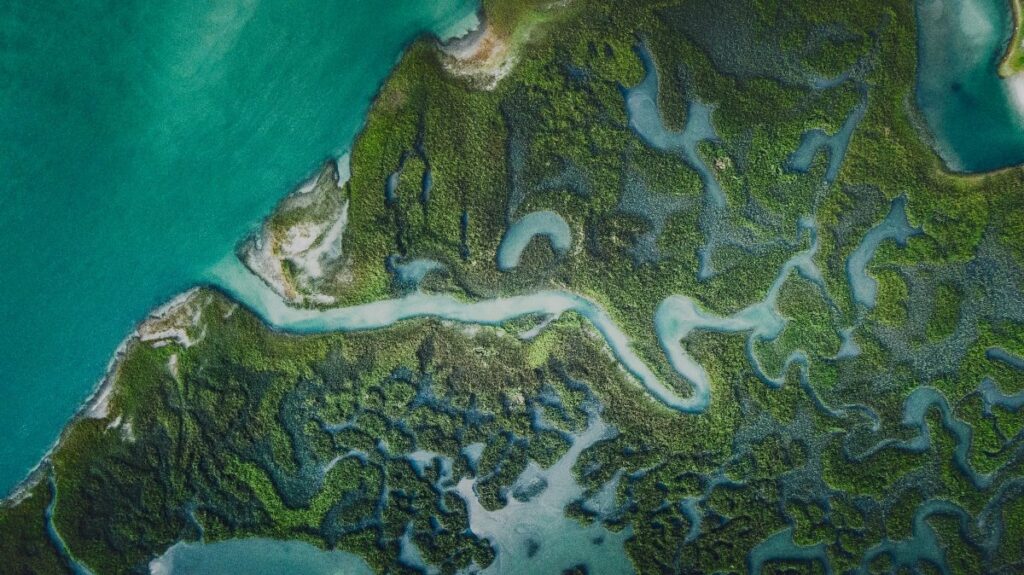

Our planet is under growing pressure.
Habitats are vanishing, seas are polluted, and vital resources are being pushed past breaking point.
But the story isn’t over yet. A global target called 30×30 is driving forward conservation efforts, offering us a chance to change course and protect 30% of land and ocean by 2030.
So what do we need to do to achieve 30×30 and why is it so important?
30×30 is part of the Kunming-Montreal Global Biodiversity Framework, agreed by nearly 200 countries in December 2022 at the UN Biodiversity Conference.
The idea is simple but ambitious: safeguard 30% of Earth’s natural areas by 2030 to help stop biodiversity loss, support action on climate change, and keep vital ecosystems healthy and functioning.
The target builds on years of scientific research showing that protecting nature at scale is one of the most effective ways to protect wildlife, clean air and water, provide food security, and help communities build resilience against climate change.
It’s not about treating nature as something separate from us, it’s about creating space for it to thrive while continuing to support the people who rely on it.
The natural world is declining fast. According to recent reports, up to two million species face could extinction, many within decades.
Forests, wetlands, coral reefs, and other ecosystems are degraded faster than they can recover. This not only puts wildlife at risk, but human health, livelihoods, and security.
The 30×30 target aims to reverse this trend by giving nature space to breathe and time to recover. It recognises that we can’t tackle climate change or meet development goals without protecting the natural world. Put simply, a healthy planet underpins healthy economies.
And it’s not just about numbers. It’s about quality too, making sure the areas protected are ecologically important, governed fairly, and managed effectively. That includes respecting Indigenous rights and community leadership.
A wide range of conservation organisations are helping drive the 30×30 target forward.
Leading NGO, Conservation International, for example, has supported the protection of more than six million square kilometres of land and sea across more than 70 countries. They do this by partnering with governments, Indigenous communities, and scientists to deliver conservation that benefits both nature and people.
Plenty of countries have directly pledged to back the 30×30 target too, helped by groups including 2024 Earthshot Prize Winner The High Ambition Coalition for Nature and People.
While other organisations, like 2023 Earthshot Prize Finalist, Coastal 500, are ensuring local voices are central to decision-making, empowering communities to protect the coastal ecosystems they depend on.
Meeting the 30×30 target means protecting a mix of land and marine areas and doing it in a way that’s effective and inclusive. That includes:
While land-based protection projects like national parks, reforestation, or rewilding areas are often easier for the public to see and measure, Marine Protected Areas (MPAs) are just as essential. MPAs help restore fish populations, protect aquatic biodiversity, and support sustainable fishing, all of which are essential to the 30×30 vision .
Progress is being made, but not fast enough. As of early May 2025, about 17% of land and 8% of ocean areas are under some form of protection.
Many protected areas lack the enforcement or funding to keep them protected, or the legal recognition needed to fully involve and support local and Indigenous communities in formal conservation efforts to help them expand.
That’s why the how matters as much as the how much. Experts warn against creating so-called “paper parks” that look good on maps but don’t offer real protection. To succeed, 30×30 must be about meaningful conservation, not just meeting quotas.
Organisations like 2024 Earthshot Prize Winner, WildAid Marine Program, are tackling this challenge head-on by working with communities to strengthen local action, drawing on their knowledge, relationships, and long-term commitment to these areas.
If done well, 30×30 could transform the way we live with nature.
It could restore balance to ecosystems, reduce species loss, store carbon, and make our societies more resilient to climate shocks while also delivering fairer futures for Indigenous Peoples and communities on the frontlines.
Protecting 30% of land and sea by 2030 is more than a conservation milestone, it’s a statement of intent. It shows that we are ready to make bold, united choices for a more balanced future.
The steps we take now could define the future of life on Earth.
By safeguarding nature today, we lay the foundation for a planet where people and ecosystems can flourish together.